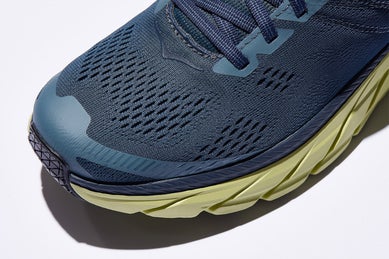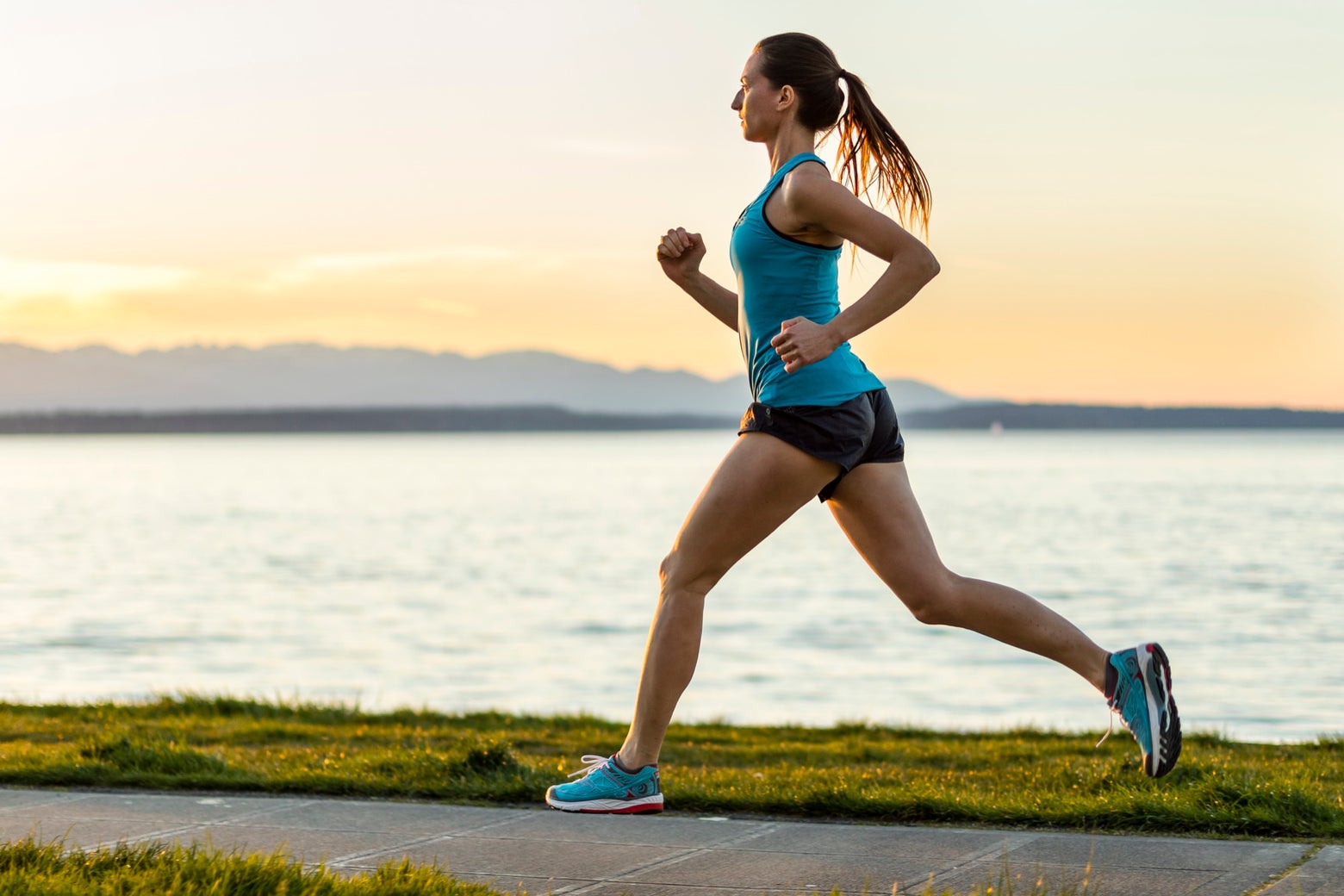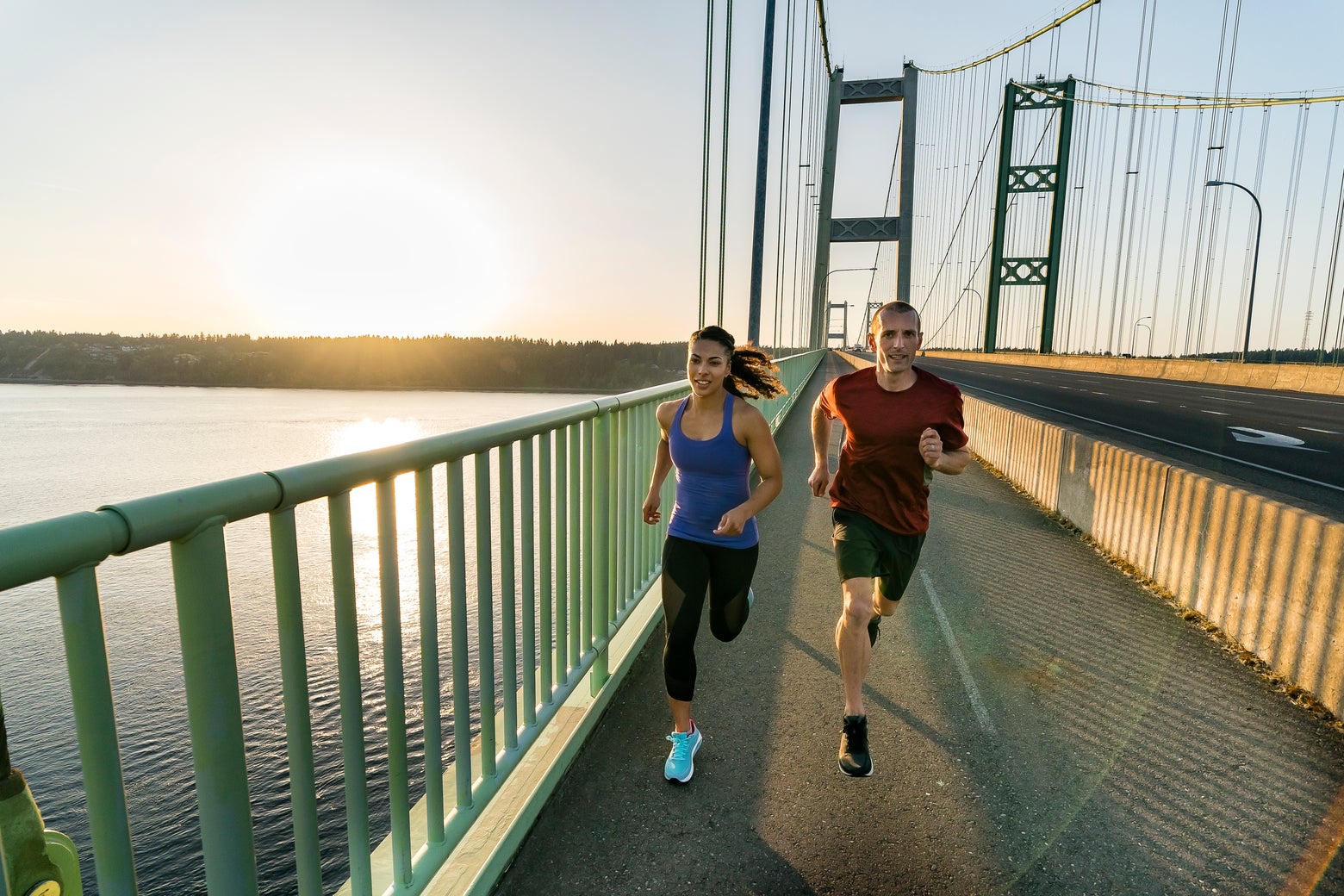How to Pick the Best Running Shoes
A Beginner's Guide to Finding the Right Shoe for You
Updated: September 4, 2023
Welcome to the wonderful world of running! Whether you've come to the sport enthusiastically or begrudgingly, we are happy to have you and hope you have as rewarding and fulfilling an experience as possible. If you're just starting out on your running journey, then you've come to the right place. In this guide, we'll cover the top five things you should know about running shoes and why they are so good for running (and walking). From types of running shoes to fit tips, and finally, running terminology, this helpful guide will have you looking and feeling confident as you head out the door for your first run.
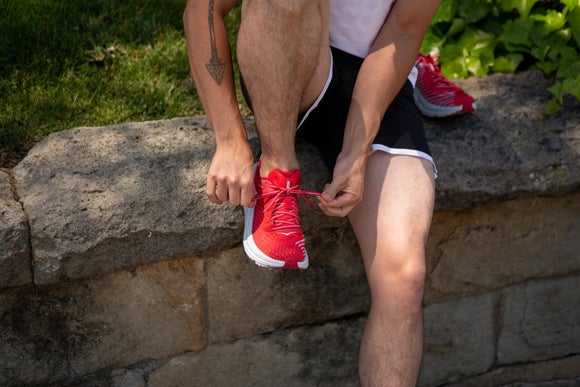
Tip #1: Choose a Running-Specific Shoe
This first point may sound obvious, but it's too important to not mention: Make sure you buy a running shoe. Running shoes may look like other sneakers, but they contain specialised technology to help you run. While running, your foot hits the ground in basically the same way with each step. Unlike sneakers or tennis shoes, running shoes are designed to prevent injury from that repetitive motion by offering specific cushioning to aid in shock absorption, and they include extra features that help move you forward with ease.
Tip #2: Choose the Right Type of Running Shoe
Think of running shoes like tools. If you walked into a hardware store and said, "I'm looking for the best tool," the person working at there would probably reply with something to the effect of, "Okay, what kind of tool do you need?" or "What are you going to be using the tool for?" The same questions would be asked about running shoes, so make sure you know the answers. What kind of running shoe do you need? What do you plan on using the running shoe for? Training for a race? Daily runs?
Running shoes are designed for specific purposes, so it is important to know the different types of running shoes before you make your purchase. The chart below covers the most common types of running shoes and what their best uses are. However, keep in mind that these types are not mutually exclusive, meaning that just because a shoe fits best in one category does not mean that it could not perform well in a different category.
| Shoe Types |
Best Uses |
|
All-Around Most Versatile Option |
The perfect place for beginner runners to start Can handle all the running and walking that most people do (the multipurpose tool of running shoes) Very durable and will last longer than the other road running options |
|
Lightweight and Fast Best for faster workouts or races |
Prioritizes speed and weight by utilizing premium materials and cushioning (resulting in higher price points) Commonly used by runners who incorporate specific speed runs in their training Has the versatility to be used as an all-around shoe, but may not be as comfortable |
|
Racing For runners looking to run their fastest on race day |
Generally for runners who participate in races and want to see how fast they can go Usually carries the highest price tag due to the premium technologies put into the shoe Not as durable as other running shoes Should not be used as your primary running shoe |
|
Max Cushioned Soft and plush cushioning |
For runners who want the most cushioning underfoot Most types of shoe have a "max cushioned" option May feel less stable due to the high amounts of cushioning |
|
Trail Best for running on dirt, gravel, and rocky terrain |
For runners who like to do most of their running on trails Lugs on the bottom provide better grip on dirt and rocks Typically has a more durable upper |
Tip #3: Get the Right Fit
Finding the right fit is essential for not only enjoying your running experience but staying injury free. You must resist the temptation to buy the shoe that looks the best and opt for the one that fits your foot's shape. Running shoes are supposed to be comfortable from the moment you slip them on, all the way through the run. Here are some tips to follow to make sure that is the case for you. For a more detailed guide on finding your shoe size, check out our shoe fit guide.
Running Shoe Fit Tips |
|
#1 Try Shoes on at the End of the Day Feet tend to swell while you run and walk throughout the day, so trying on your shoes in the afternoon or evening will provide a more accurate fit. |
|
#2 Leave a Thumb's Width in Front of Your Toe To accommodate foot spread, there should be roughly one thumb width between the end of your foot and the end of the shoe. This will keep your toes from hitting the end on downhill runs or if your feet swell. |
|
#3 No Pinching or Sliding The shoe should wrap comfortably around your foot. It should not pinch or feel sloppy, and your foot should be centered on the platform of the shoe. |
|
#4 Look for the Right Width Some shoes may better accommodate a narrow or wide foot, and some are even available in either wide or narrow size options. Standard shoe widths are D for men and B for women. For more on shoe widths, check out this guide. |
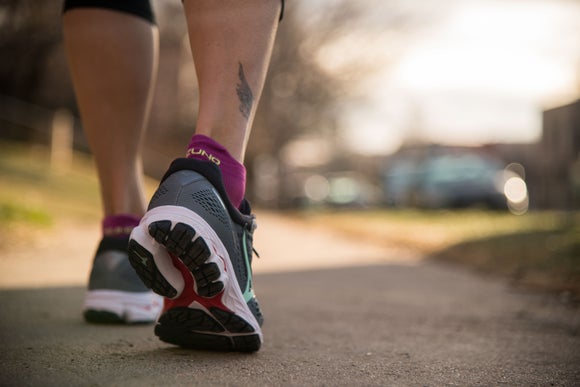
Tip #4: Know What You're Paying For
When it comes to running shoes, a higher price tag usually correlates with more technology and comfort features, but that doesn't mean you have to buy the most expensive shoes in order to enjoy a run. In a similar vein, opting for a very inexpensive pair may mean that the shoes aren't designed with running in mind and might not hold up to the demands that running places on them.
If you're looking for the latest all-around running shoes, lightweight and fast running shoes, and trail running shoes, you can expect to pay somewhere between $170 and $380.
For beginner to intermediate-level racing shoes, expect to pay around $150 to $250.
For elite-level racing shoes, expect to pay between $250 and $380.
Check out our Best Running Shoes of the Year to see where our top picks land on the pricing scale.
With that being said, it's impossible to know how well a shoe will work for you based solely on the price tag. We recommend doing research on the shoes you're interested in before you pull the trigger. Here at Running Warehouse, we test and review most shoes we carry, so be sure to look for the "RW Reviews" tab on the shoe's product page. Additionally, be sure to check out our Video Vault where you can find designer deep dives and video reviews on many of the shoes we carry.
Tip #5: Know the Common Terms Related to Running Shoes
Shopping for a specialised product can be intimidating, which makes us so very thankful for online shopping! As we said at the top of this article, we want to give you confidence in this sport, and knowing the basics will get you off on the right foot. Here are some common terms that will be helpful in your quest for the perfect running shoe.
| STACK HEIGHT |
|
Stack height is the term used to refer to the amount of cushioning between your foot and the ground. Stack heights can range from minimally cushioned to maximally cushioned. People who prefer running in shoes with minimal cushioning, or a low stack height, enjoy feeling the ground rather than the cushioning. They also appreciate what is commonly described as a more natural or barefoot running experience. People who prefer running in shoes with maximal cushioning, or a high stack height, enjoy a plush running experience with a great deal of impact protection. |
| HEEL-TOE OFFSET |
|
Heel-toe offset or heel-toe drop describes the difference between the amount of cushioning under the heel and the amount of cushioning under the forefoot of a running shoe. Think of a slope going from its highest point to its lowest point; the difference between those two points would represent the drop. Most running shoes have more material under the heel to accommodate a stride where the heel is the first part of the foot to hit the ground. This helps absorb the impact of landing. Running shoes with a lower heel-toe offset have a more uniform thickness of foam under the entire foot. This promotes a stride where the middle or front of the foot hits the ground first. While finding the right heel-toe drop is a factor to consider, we do not believe it is an especially important consideration for newer runners. We believe that fit and comfort should be your guiding factors, not the heel-toe drop. |
| PRONATION CONTROL |
|
Running shoes can be classified as either neutral or stability shoes. Neutral options make up about 80% of running shoes. These models offer the largest selection and are best for most runners. Stability running shoes contain technology that is designed to correct over pronation. Over pronation occurs when the ankle rolls excessively inward with each step, which can increase your chance of injury. If you're unsure as to what type of shoe to consider, check out our Ultimate Runner's Guide to Pronation. |
